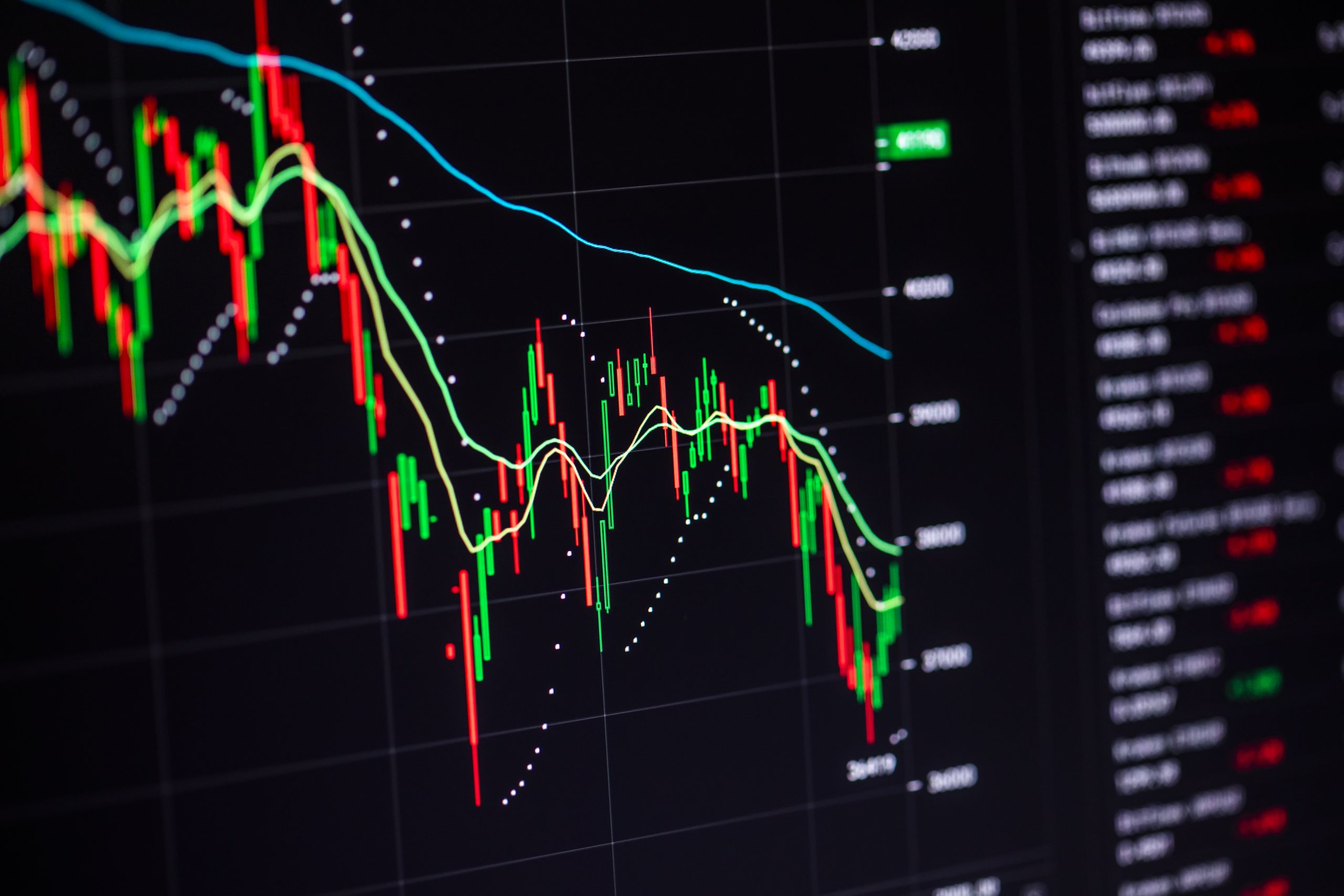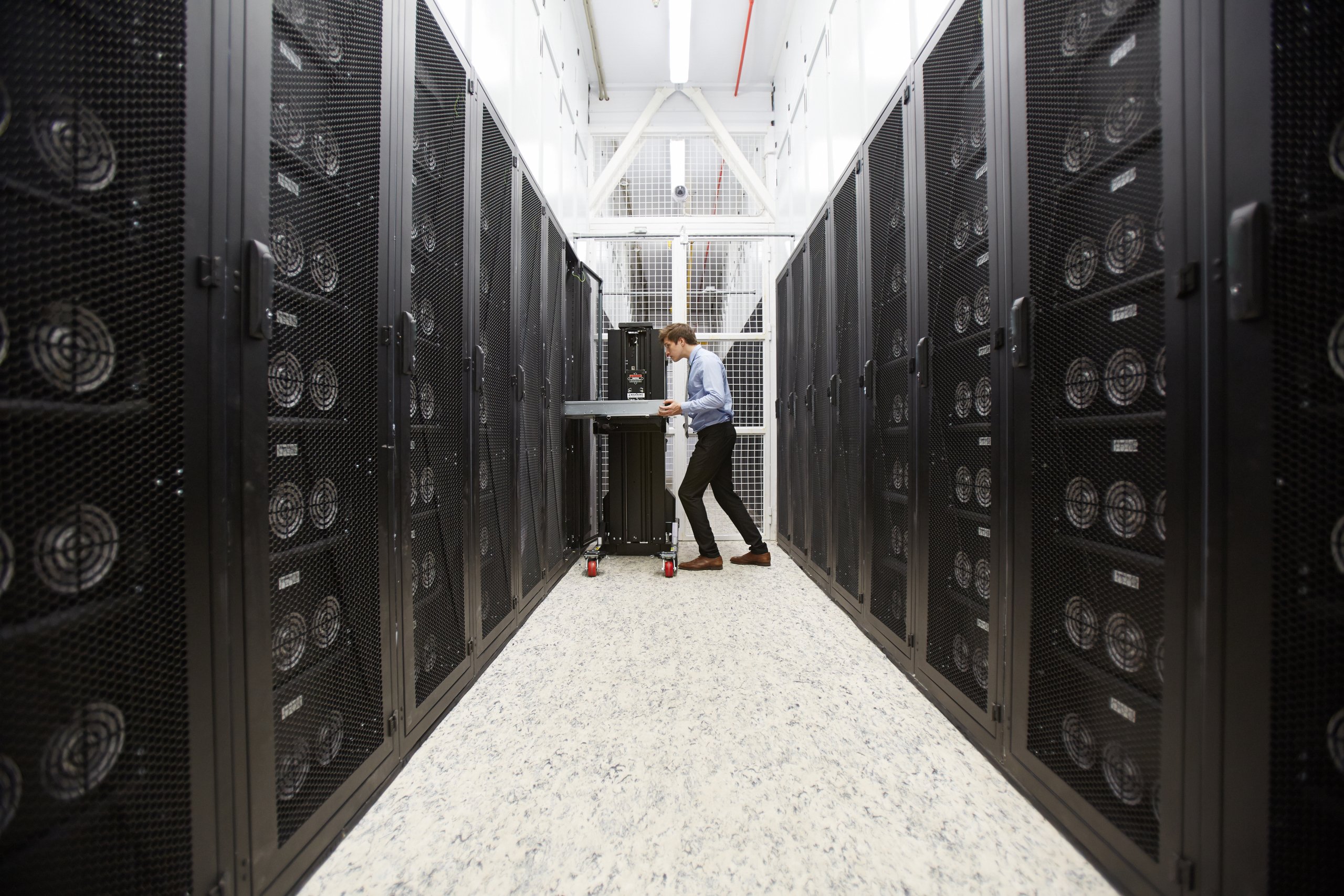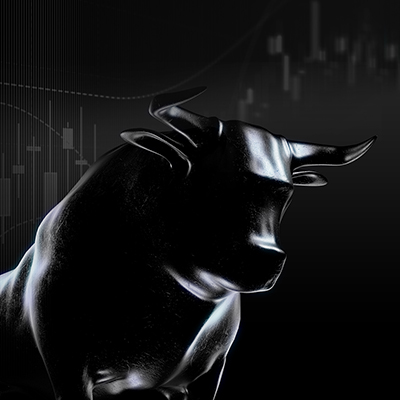If you were to ask any finance professor whether they can predict the future regarding the markets, they would give you a long and convoluted answer converging on a “no.” While the ability to forecast market movements today is vastly different from a few decades ago, the rise in automation via artificial intelligence (AI) and machine learning (ML) can make predicting the markets significantly easier given the right underlying frameworks.
Getting Pretty Close
Conventional analysts often use a variety of data sets and software-based tools to aid in their forecasts of the market. When several analysts make predictions on a particular asset class, such as cryptocurrency, their predictions are pooled to form an average trendline, forecasting the best case, worst case, and likely scenarios.
While considerable work goes into such analyses, they are far from perfect. Some of the top-rated analysts would like to believe they can accurately predict future price movements. However, their confidence declines considerably when asked if they would put their life savings behind such a prediction, and rightfully so; at the end of the day, a forecast is simply a data-driven educated guess.
Not All AI is Built the Same
The terms “artificial intelligence” and “machine learning” will elicit various responses depending on whom you ask. Conspiracy theorists who loved the Terminator franchise would have a vastly different sentiment from a computer scientist who understands the limitations of AI and ML.
AI is often used as a catch-all term to describe a computer process outperforming the most intelligent humans. While the definition can be dynamic and change over time, the general idea of what constitutes AI revolves around developing systems that can perform tasks that traditionally require human intelligence, such as object recognition and decision making.
Naturally, AI must be programmed to work on a specific task at hand. Thus, an AI platform built for manufacturing would be vastly different from one built for crypto sentiment analytics.
Man vs. Machine
To compare the human brain to that on an AI would be akin to comparing apples to pineapples. Both were “built” for quite different purposes, the former for survival, the latter for efficiency. While a human brain can regulate blood pressure and insulin production with relative ease, it fails dramatically at processing tens of thousands of data points per second.
Prior to the use of AI in forecasting algorithms, analysts would rely on robust technical analyses paired with a fundamental understanding of the markets to make their predictions as accurate as possible. When designing a neural network for crypto sentiment analysis, that program is focused on one task: predicting the future price of cryptocurrency.
The underlying applications powering services like AIRISTREND focus on pattern recognition and analyzing the relationships between historical data sets and real-time price movements. Also, they do this very, very fast.
Leveraging the Machines
Immense processing power paired with a limited scope of work enables machines to perform laps to the tune of lightyears around their human counterparts. While traditional analyst predictions are akin to a coin toss, AI-based predictions can get extremely close because of the underlying mechanisms used. At the end of the day, crypto price movement is based on real-time demand, so having the capacity to analyze hundreds of thousands of transactions in relatively no time ensures a far better prediction than traditional conventional forecasting methods alone.
The real power behind the use of AI analysis is not in the robust processing power by itself, rather the barriers it brings down with it. While conventional analysts would have you believe they derive their predictions from pen and paper calculations, the reality is they often use expensive software-based tools generally available only to institutional investors. The rise in AI-based applications naturally drives down the cost of AI technology, allowing retail traders to level the playing field.
Because all markets, including crypto, operate on a zero-sum principle, those with access to more information will naturally come out on top. By bringing down the barriers to such technology, retail traders no longer must succumb to a choice between expensive portfolio managers and dumb luck. The other side, however, is that with the increased usage of such technology on the institutional side, retail traders are almost required to leverage similar technologies in order to stay competitive.
Luckily, services like AIRISTREND allow such traders to stay competitive within the crypto markets at considerably lower costs. Through the use of AI and ML in the crypto markets, we can eliminate much of the biases and emotion-driven triggers that result in bad forecasting and, subsequently, bad trades.












































